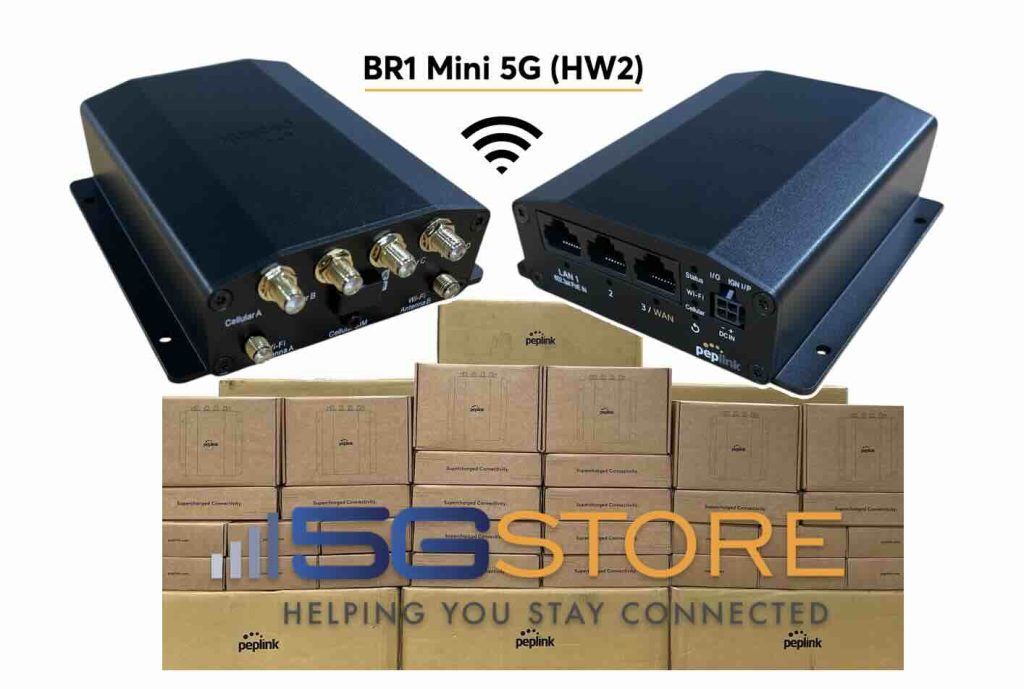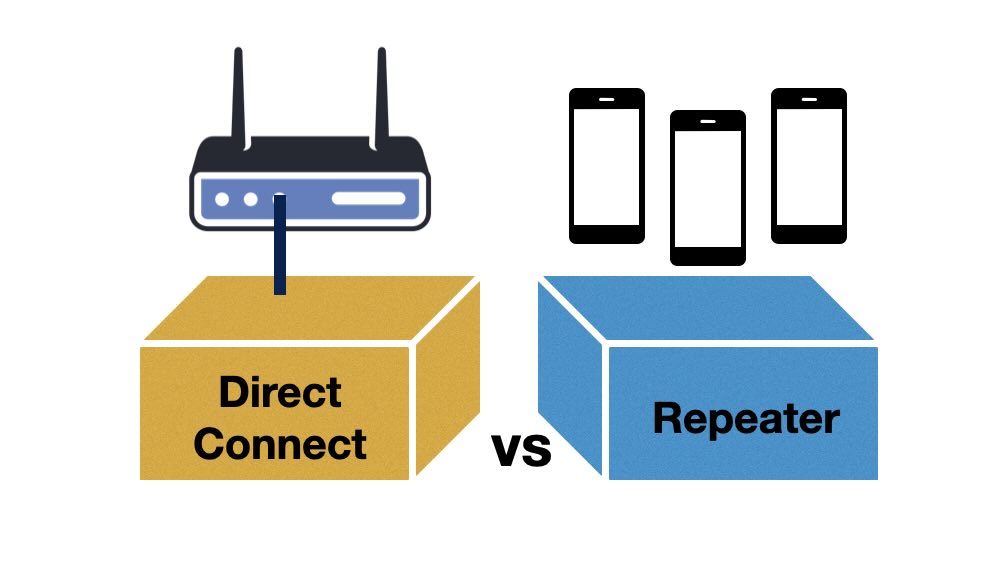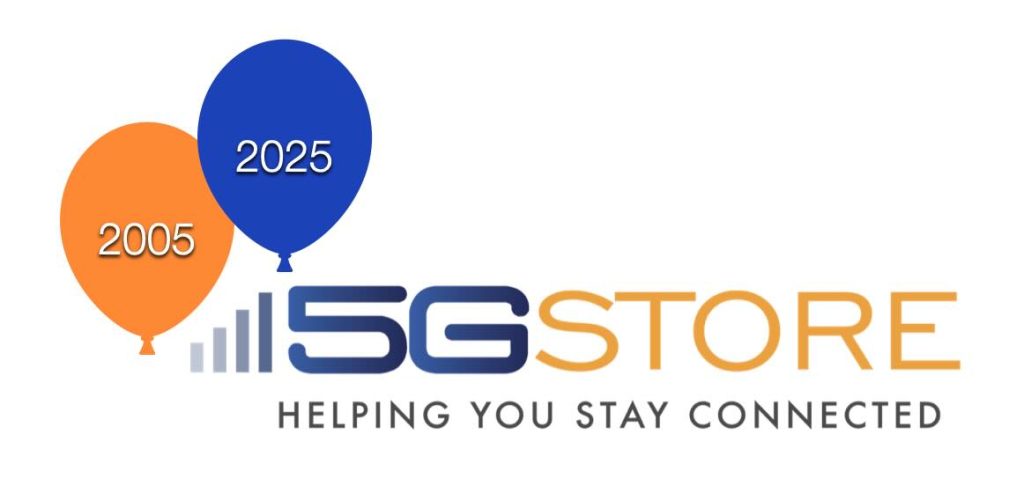We are thrilled to announce the availability of the Peplink MAX BR1 Mini 5G with WiFi, hardware revision 2, a game-changing upgrade to the already impressive BR1 Mini 5G lineup. Unlike its predecessor, the BR1 Mini 5G hardware revision 1, this new version now supports WiFi, making it an even more versatile and powerful solution […]
Tag: IoT
Cellular Amplifiers: Direct Connect vs. Repeater Systems
Our world is centered around ensuring reliable cellular signals are always available, whether for personal use, business continuity, or IoT applications. Cellular amplifiers can be a game-changer in areas with weak signals, but understanding the options available is critical to selecting the right solution. We’d like to explore the two main types of cellular amplifiers—direct […]
The Journey of 5Gstore.com: Celebrating Two Decades of Innovation and Excellence
When we reflect on the journey of 5Gstore.com, it’s incredible to see how far we’ve come and how much we’ve grown. What began as a simple idea has transformed over the last 20 years into a leading name in the world of 3G, 4G, 5G, and IoT products and services. As we celebrate this milestone, […]
The Cradlepoint R980 Router: A 5G-Ready, Ruggedized Solution
The Cradlepoint R980 router, powered by Ericsson technology, is the latest addition to the Cradlepoint lineup, designed to meet the demanding needs of mobile and IoT environments. This ruggedized 5G networking platform is built to withstand harsh conditions while offering high-speed connectivity, advanced security, and comprehensive management capabilities. With dual 5G and Cat 19 LTE […]
The Cradlepoint S400 Series Routers: A Powerful IoT Solution from Ericsson
The newly announced Cradlepoint S400 series routers from Ericsson are making waves in the IoT landscape. These cloud-managed, semi-ruggedized routers offer secure connectivity and flexible deployment options, making them ideal for a variety of IoT applications. Designed for light industrial use, digital signage, kiosks, and more, the Cradlepoint S400 router ensures reliable performance with the […]
The Evolution of 5G: From Spectrum Scarcity to Spectrum Sharing
As the demand for mobile wireless services continues to rise, the telecom industry faces a significant challenge: spectrum scarcity. The spectrum, a limited and finite resource, is becoming increasingly crowded, making the transition from 4G to 5G particularly tricky. A pragmatic and sensible solution to this pressing problem is dynamic spectrum sharing (DSS). What is […]
5Gstore.com Honored with 2023 Digi Global Channel Award
With great pleasure, we’d like to share that 5Gstore.com has been recognized as the North America Services Partner of the Year in the Cellular category at the 2023 Digi Global Channel Awards! This award highlights our exceptional performance and dedication to providing top-notch customer value in the IoT market. Digi International, a leading global provider […]
Peplink BR2 LTE
Rugged, Dual-Cellular Router for Reliable Remote & Mobile Applications The Peplink BR2 LTE is a rugged, dual-cellular router that ensures the most reliable connectivity for remote and mobile applications. Designed to provide reliable and unbreakable connectivity in the most challenging environments, the BR2 LTE integrates seamlessly into any deployment with its three power options, built-in […]
Digi TrustFence® – Powerful Security for Your Connected Devices
As the world of Internet of Things (IoT) continues to expand, so does the concern for the security of connected devices. According to HP Security Research, a staggering 70% of IoT devices are vulnerable to attacks. This statistic underscores the urgent need for robust security solutions in the IoT landscape. Digi TrustFence® stands out as […]
Comparing the Cradlepoint IBR600C Series and the S700 Series Routers
With the discontinuation of the Cradlepoint IBR600C series, the new Cradlepoint S700 series routers have stepped in as their replacements. Both are very similar IoT focused routers that use a Cat 4 LTE modem. So what sets them apart from each other? This article provides a detailed comparison of the specifications and features of both […]








